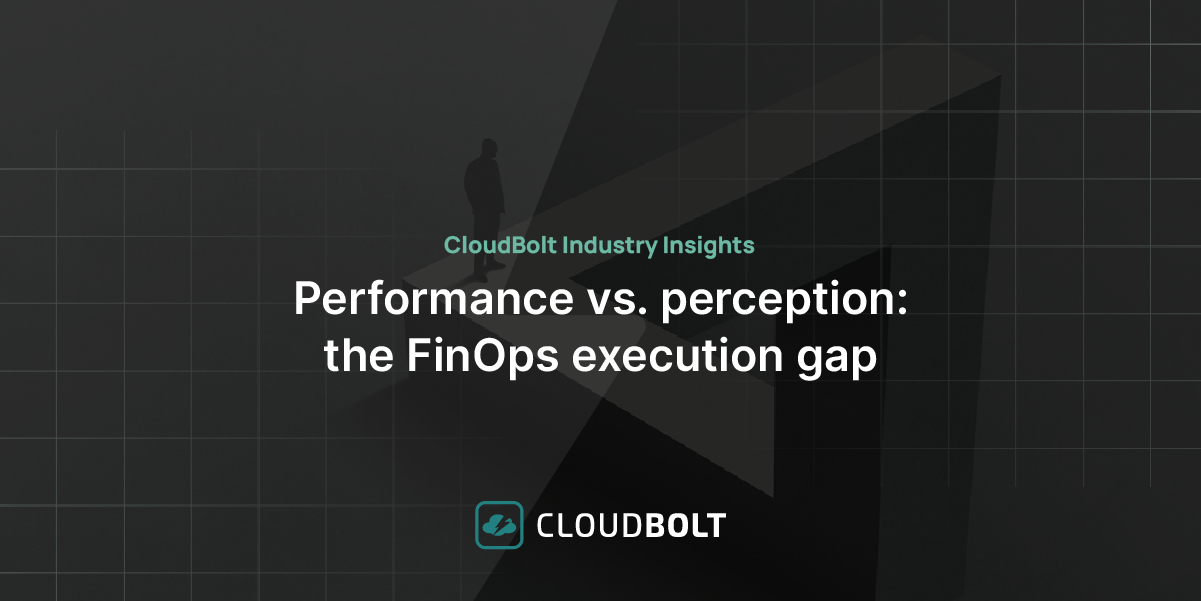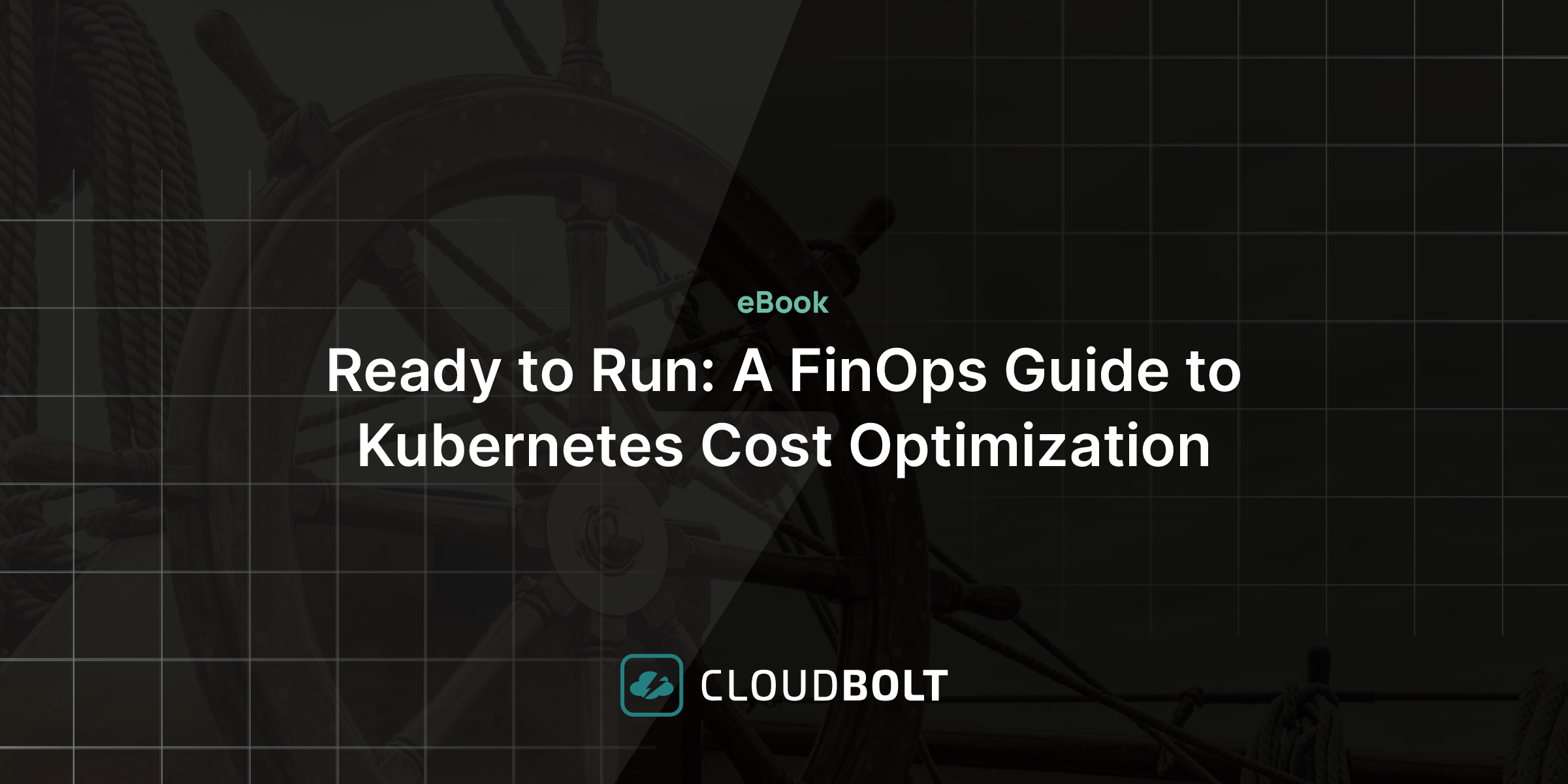Why Cloud Management Matters More Than Ever Post-Broadcom
The cloud was supposed to simplify infrastructure. But for many organizations, especially those entrenched in VMware, the last several months have delivered the opposite.
Following Broadcom’s acquisition of VMware, customers are facing renewed uncertainty—ballooning costs, abrupt licensing changes, and limited transparency into future roadmap alignment. What once felt like a stable layer of the IT stack now feels like a liability.
If you’re among the thousands of organizations rethinking your infrastructure strategy, you’re not alone. But while most conversations are focused on virtualization alternatives, one question isn’t getting asked nearly enough:
What happens to the layer that ties it all together?
The Missing Layer: Why Cloud Management Deserves a Fresh Look
In the rush to respond to VMware licensing changes, IT and platform teams are heads-down evaluating hypervisors, cost models, and workload migration tools. But even the best replacement technology falls short without an effective way to orchestrate, provision, and manage those environments.
This is where cloud management platforms (CMPs) matter more than ever.
A CMP isn’t just a provisioning interface. It’s the connective layer that enables consistency, governance, and automation—across environments, clouds, and technologies.

It becomes especially critical in the face of:
- Supporting multiple hypervisors: Many teams are considering a combination of vSphere, Proxmox, Hyper-V, and OpenShift virtualization. Without a unified management layer, every additional hypervisor adds operational overhead and fragmentation.
- Managing across environments: When infrastructure spans on-prem, public cloud, and edge locations, it becomes harder to maintain consistent provisioning, governance, and access controls. Cloud management platforms help standardize these workflows.
- Enabling self-service at scale: Users increasingly expect infrastructure to be available on demand—but delivering that experience securely requires more than scripts. Abstraction and policy-aware automation are key to doing this reliably.
Without this management layer, organizations risk rebuilding the same silos they spent years trying to eliminate.
The Broadcom Fallout: A Catalyst for Change
The reality is that Broadcom’s changes have forced a long-overdue reckoning—not just about what virtualization platform to use, but how cloud and infrastructure management are handled at large.
Some of the most common concerns we’ve heard from customers include:
- Loss of automation capabilities with the deprecation of Aria Automation (formerly vRealize Automation) for many use cases
- Fear of vendor lock-in and limited flexibility to diversify infrastructure
- Operational gaps in enabling non-VMware workloads or scaling hybrid environments
This isn’t just about cost. It’s about resilience. Organizations want to modernize without starting from scratch—and they want an architecture that adapts, not boxes them in.
A Smarter Path Forward for Post-VMware Infrastructure
The Broadcom-VMware transition has put infrastructure teams under pressure—but it’s also creating an opportunity to modernize. As you evaluate next steps, it’s essential to consider how cloud and infrastructure will be managed going forward.
CloudBolt’s Hybrid Cloud Management platform (CMP) gives you the control layer needed to adapt with confidence. Whether you’re adopting a multi-hypervisor strategy, moving workloads to the cloud, or navigating away from Aria Automation, CMP helps you stay consistent, efficient, and in control.
We recently introduced EZShift, a guided migration program designed specifically for VMware customers navigating Broadcom’s transition.

With EZShift, teams can:
- Migrate self-service automation from Aria Automation to CloudBolt with minimal disruption
- Abstract complexity across vSphere, OpenShift Virtualization, Proxmox, Hyper-V, and more
- Preserve end-user experience even as backend infrastructure changes
- Centralize provisioning, orchestration, and governance under one consistent platform
Cloud complexity isn’t going away—but your platform doesn’t have to add to it. CloudBolt helps you reclaim control—no matter where you go next.
See How CloudBolt CMP Can Support Your Next Move
Request a demo



